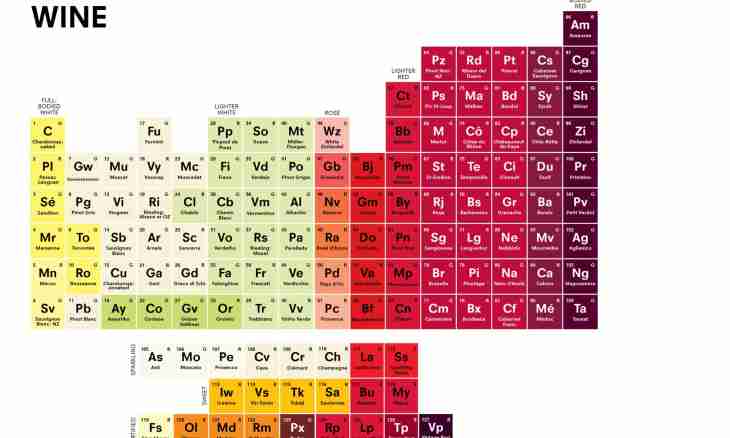Opening of the periodic law and creation of an ordered system of chemical elements by D.I. Mendeleyev became apogee of development of chemistry in the 19th century. The scientist generalized and systematized extensive material of knowledge of properties of elements.
Instruction
1. In the 19th century there were no ideas of the structure of atom. D.I. Mendeleyev's opening was only generalization of the skilled facts, but their physical sense long time remained unclear. When there were first data on the structure of a kernel and distribution of electrons in atoms, it allowed to look at the periodic law and the system of elements in a new way. D.I. Mendeleyev's table gives the chance to visually track frequency of properties of the elements which are found in the nature.
2. A certain serial number is assigned to each element in the table (H - 1, Li - 2, Be - 3, etc.). This number corresponds to a kernel charge (to quantity of protons in a kernel) and to number of the electrons rotating around a kernel. The number of protons, thus, is equal to number of electrons and it means that in usual conditions atom electrically is neutral.
3. Division into seven periods happens on number of power levels of atom. Atoms of the first period have a single-level electron shell, the second - two-level, the third - three-level, etc. When filling new power level the new period begins.
4. The first elements of any period are characterized by the atoms having on one electron at the external level, are atoms of alkaline metals. The periods come to an end with the atoms of noble gases having the external power level which is completely filled with electrons: in the first period inert gases have 2 electrons, in the subsequent - 8. Because of the similar structure of electron shells of group of elements have similar physical and chemical properties.
5. At D.I. Mendeleyev's table there are 8 main subgroups. Such their quantity is caused by the greatest possible number of electrons at the power level.
6. In the bottom of a periodic system, lanthanides and actinoids as independent ranks are emitted.
7. By means of D.I. Mendeleyev's table it is possible to observe frequency of the following properties of elements: radius of atom, atom volume; ionization potential; affinity forces with an electron; electronegativity of atom; oxidation levels; physical properties of potential connections.
8. For example, radiuses of atoms if to look along the period, decrease from left to right; grow from top to down if to look along group.
9. Accurately traceable frequency of arrangement of elements in D.I. Mendeleyev's table rationally is explained by the consecutive nature of filling with electrons of power levels.

